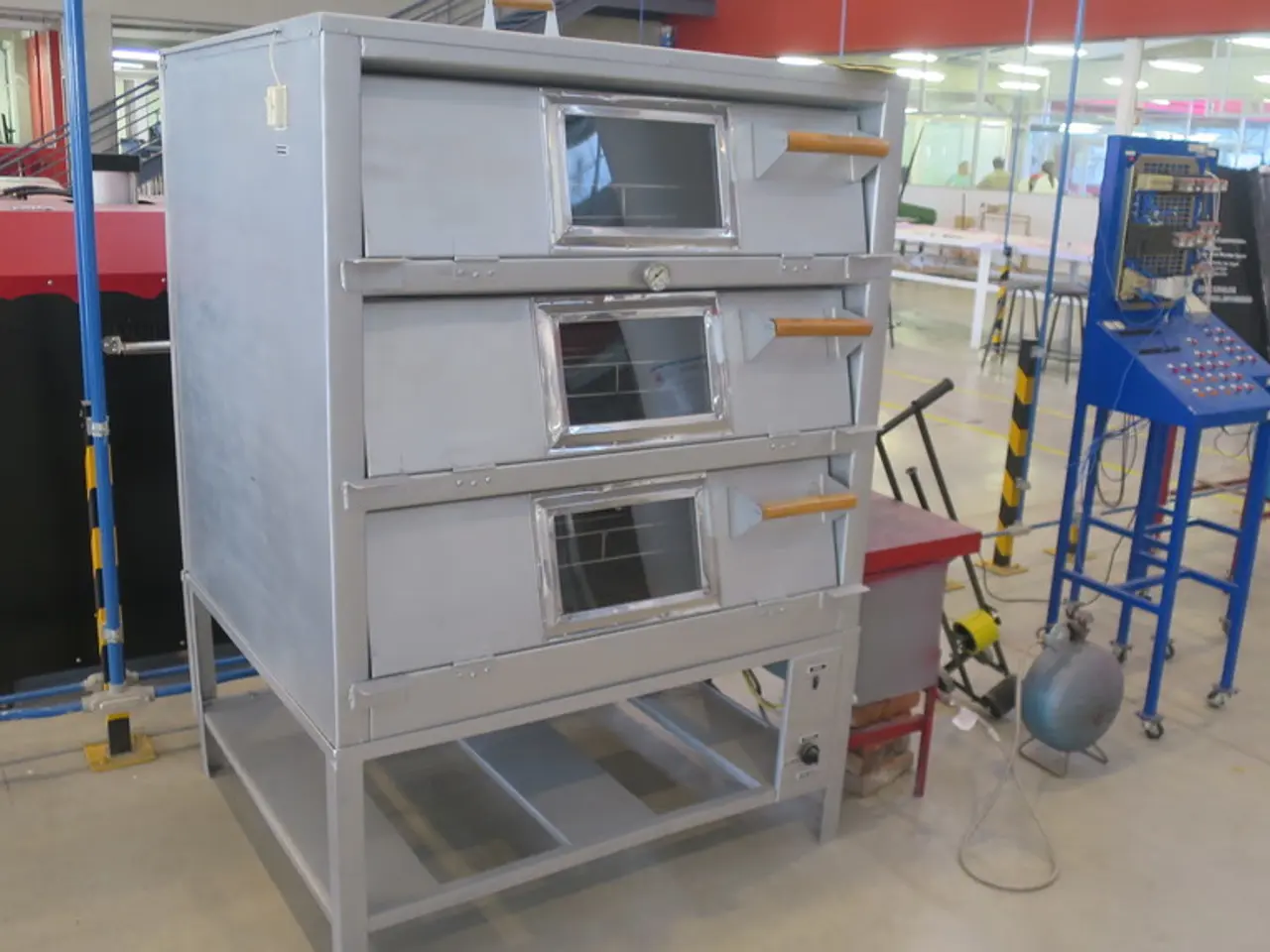Exploring the Practical Application of Graphene
The UK government's recent investment in Manchester University's graphene research facility is set to propel the commercialization of graphene technology. The investment, amounting to £50 million, was allocated in 2014, making Manchester University home to the country's first purpose-built research facility dedicated to this groundbreaking material.
Graphene, a material made of carbon atoms arranged in a hexagonal lattice with the thickness of a single atom, is renowned for its extraordinary properties. It is one of the strongest known materials, outperforming many others as a conductor of heat, and virtually transparent. Moreover, it can conduct electricity as efficiently as copper.
The Graphene Global Research and Technology Hub, slated to open in spring 2015, will be at the forefront of advancing graphene technology. Led by Professor Milind Parmar, the Hub aims to overcome the challenges in mass-producing graphene, a feat that has so far proven elusive.
The potential applications of graphene are vast and promising. Small photonic sensors for environmental and health monitoring could potentially benefit from graphene due to its ability to detect minute electrical and chemical changes in single atoms. Furthermore, graphene is expected to replace electrodes, such as indium tin oxides, in devices with organic light emitting diode (OLED) touch screens, offering improved performance and durability.
Scientists predict that graphene transistors will be substantially faster than the ones found in silicon chips, a significant leap forward in the world of electronics. This speed advantage, combined with graphene's ability to operate at a higher frequency, could revolutionize the tech industry.
The application for an additional £23 million from the European Regional Development Fund for the Graphene Global Research and Technology Hub indicates the project's potential to advance graphene technology even further. This funding, if secured, will undoubtedly contribute to the commercialization of graphene technology, benefiting various industries and improving everyday life.
Tim Harper, a physicist and founder of Cientifica, noted that the case for graphene becomes more compelling as 'rare earth' minerals used in electrical components become scarcer. As the world seeks sustainable and abundant alternatives, graphene's unique properties make it an attractive candidate.
The work of Manchester University researchers Andre Geim and Konstantin Novoselov, who first created graphene in 2004, was awarded the Nobel Prize for Physics in 2010. Their groundbreaking discovery has since opened up a world of possibilities, and the Graphene Global Research and Technology Hub aims to realise these potentials.
As the Hub prepares to open its doors, the future of graphene technology looks bright. The UK government's investment in Manchester University's research facility is a testament to the potential of graphene and the strides being made to commercialise this remarkable material.
Read also:
- Exposure to Asbestos in the 9/11 Aftermath: 4 Methods to Validate Your Exposure
- Health enhancement for millions of Apple Watch users now unmissable, as stated by Apple
- Promoting Economical Transportation Options for the Elderly Community
- Intense Attention Deficit Hyperactivity Disorder: Signs, Drugs, and Remedies







